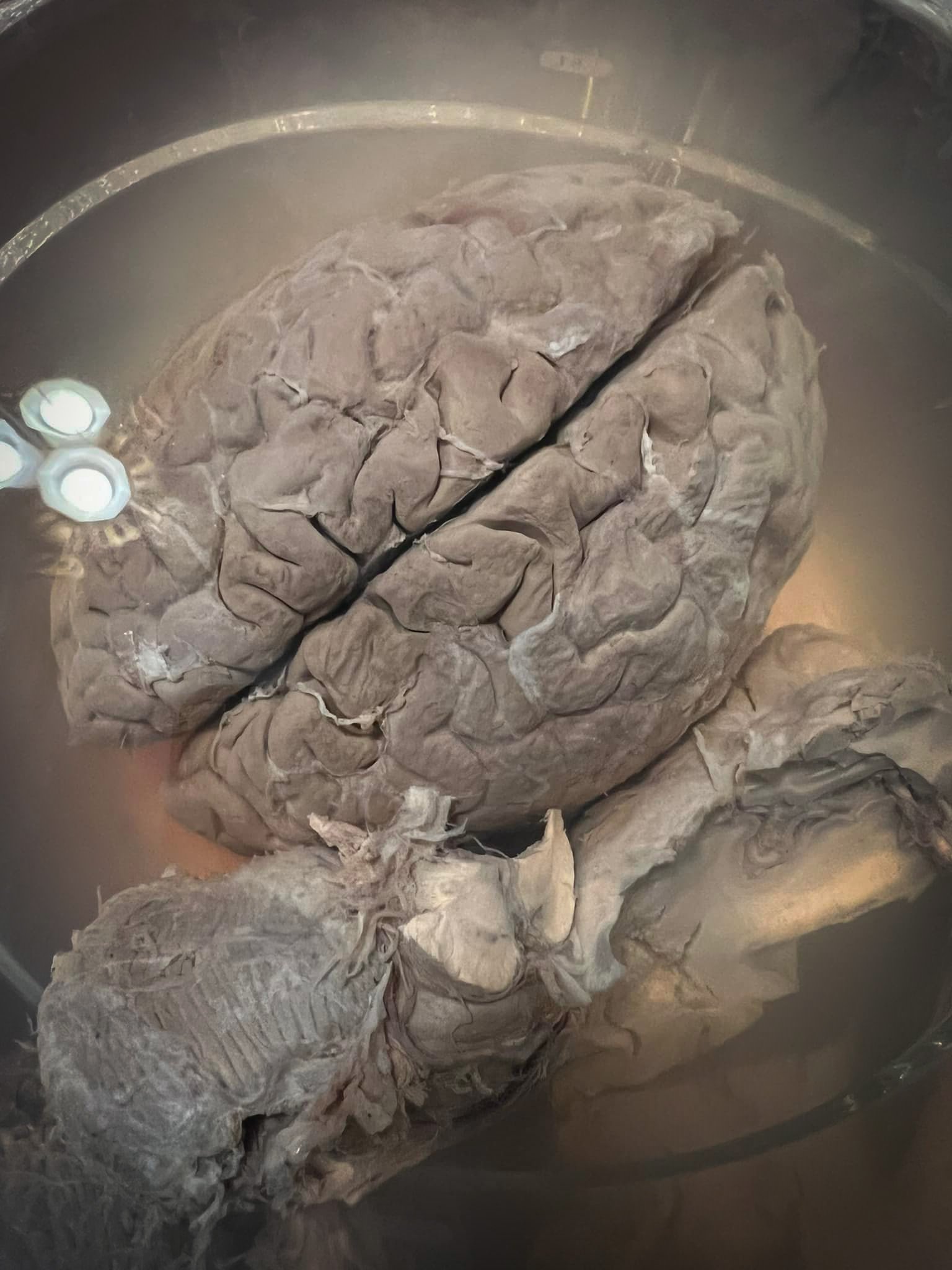Plastination
Plastination is a chemical process of conserving anatomical specimens by methods in which all bodily fluids are replaced with a synthetic polymer, done to create easily handleable and undegradable organs for medical study. This process which is now commonly used in teaching facilities was created by Dr. Gunther von Hagens in 1977, and had been further developed and perfected in the years following by Hagens and other plastination experts. While it is a complex chemical process we have outlined the very basics below.
Throughout the last year Jeremy has been learning and perfecting the process of plastination to create specimens through his own work that are too damaged for wet specimen requirements. As Jeremy does not believe in disposing remains that are deemed “too far gone”, he values his research is learning new methods of preservation to salvage these donated bodies from loss. Some recent examples include a full human brain, a human fetus in-utero, cerebral samples, and other commonly studied organs.
Procedure

An advancement in medicine
Platinated specimens are slowly taking over the world of medical cadavers in study - replacing outdated methods such as formaldehyde cured organs and plastic models. Plastination is unmatched in its ability to capture the anatomical details needed for medical students all over the world to fully comprehend the human body.

